Disclosure: This article contains affiliate links. We may earn a commission from purchases at no extra cost to you, which helps our travel content.
I never thought my surf trips would lead me to the Chicago suburbs, but when my buddy Mike (a fellow chiropractor with a serious history obsession) suggested we detour to Cicero after a Lake Michigan surf session, I couldn't resist. Turns out, this unassuming suburb holds some of the most fascinating Prohibition-era history you'll find anywhere. For a guy who usually tracks wave reports, I found myself tracking something entirely different: the footsteps of America's most notorious gangster, Al Capone. Grab your walking shoes and maybe a craft beer for after the tour – we're diving into Cicero's criminal past.
Why Cicero? The Gangster's Paradise
Before we hit the pavement, let's get some context. In 1924, when Chicago's reformist mayor William Dever started cracking down on organized crime, Capone and his crew simply relocated their operations to neighboring Cicero. Smart move. They essentially took over the entire town government through intimidation, violence, and rigged elections. As a surfer, I'm used to territorial locals, but Capone took 'localism' to a whole new level.
What makes Cicero fascinating is how ordinary it looks today. These aren't grand monuments to crime – they're everyday buildings where extraordinary (and extraordinarily illegal) things happened. I brought along my historical map to help navigate between sites, which was clutch since some locations aren't well-marked. The contrast between the violent history and today's quiet streets gives the whole experience an eerie quality that no museum could replicate.
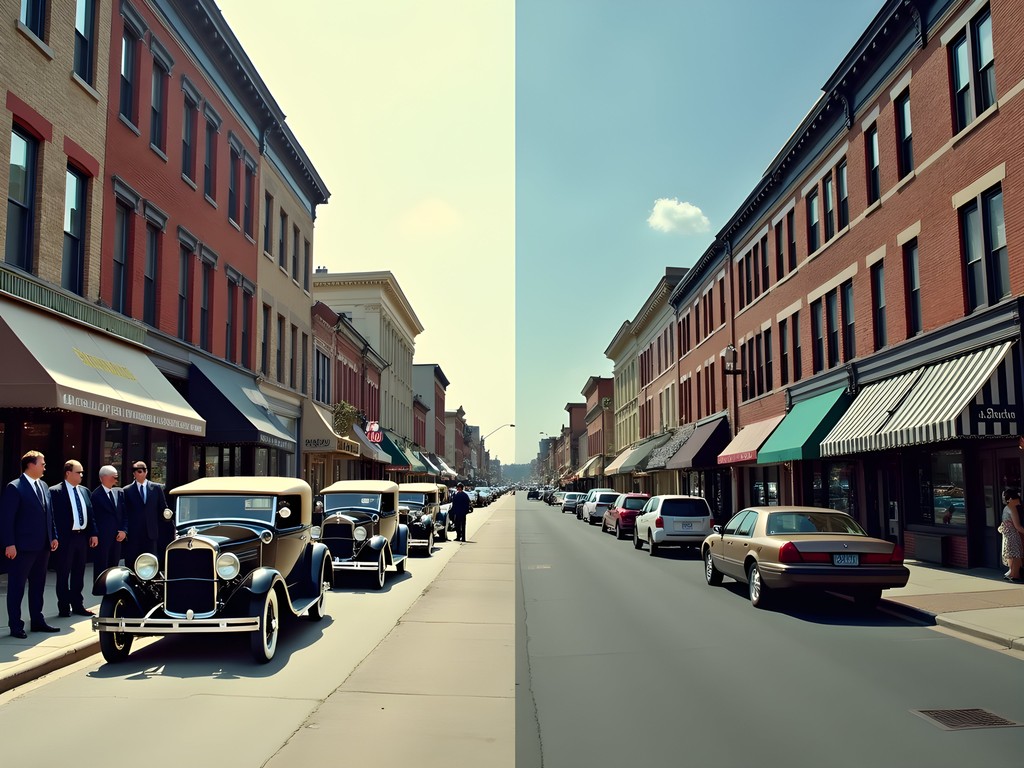
💡 Pro Tips
- Download the free 'Gangsters of Cicero' audio guide before your visit – cell service can be spotty in some areas
- Wear comfortable walking shoes as sites are spread across about 2 miles
- Visit on weekdays to avoid crowds at the more popular locations
The Hawthorne Inn: Capone's Command Center
Our first stop was the former site of the Hawthorne Inn (now demolished) at 4833 W. 22nd Street (now Cermak Road). This hotel-restaurant combo served as Capone's headquarters after relocating from Chicago. While the original building is gone, standing on this spot gives you chills knowing what went down here.
In 1926, this very location was the target of a drive-by shooting attempt on Capone by rival gangsters from Chicago's North Side. Over 1,000 bullets were fired in broad daylight – the building's exterior was absolutely shredded, but somehow Capone escaped unharmed. I've had some gnarly wipeouts on big wave days, but nothing compares to dodging that kind of heat.
I recommend bringing a pair of polarized sunglasses to cut the glare while examining the historical markers and plaques throughout the tour. The area gets surprisingly bright with all the concrete and building reflections.
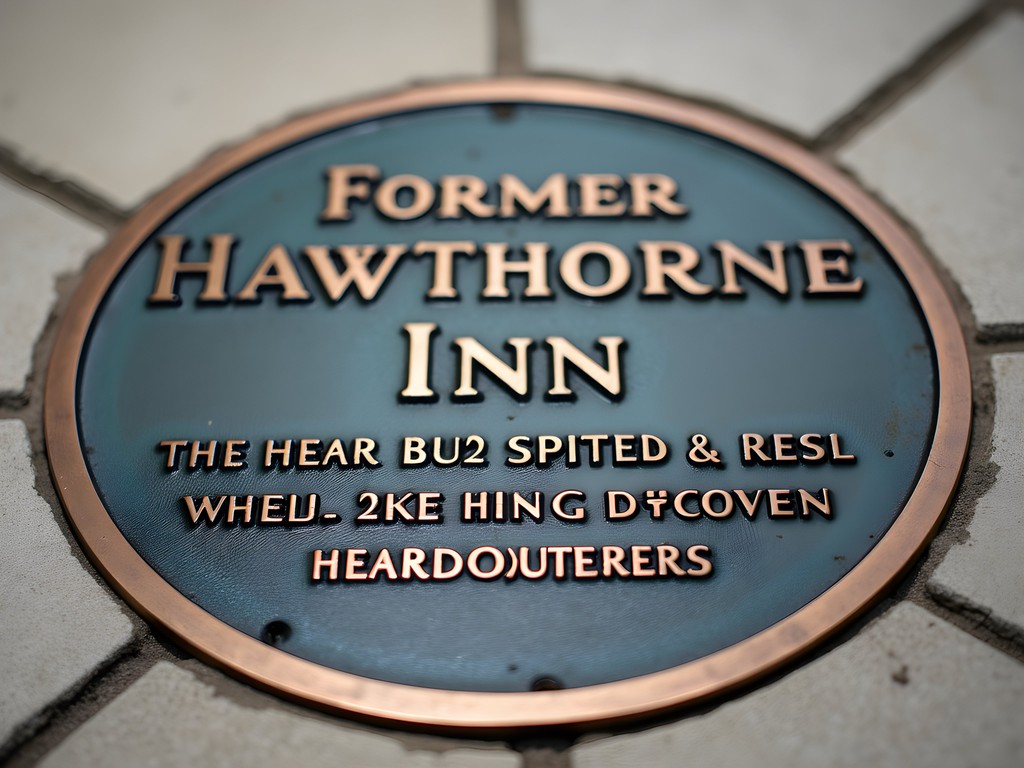
💡 Pro Tips
- Take photos of the historical marker for reference
- Cross-reference with old photographs to visualize the original building
- Visit early morning for fewer cars blocking your view of the site
The Western Hotel & Anton Hotel: Speakeasy Central
Next up was the site of the Western Hotel (1638 S. Cicero Avenue), one of Capone's most profitable speakeasies. While the original building has been replaced, this location was home to one of Cicero's most notorious gambling and drinking establishments. The nearby Anton Hotel (now also gone) housed Capone's brother Ralph's headquarters.
What struck me most was how these operations were hidden in plain sight. As a surfer, I'm familiar with the concept of locals-only spots that everyone pretends not to know about, but this was next level secrecy with actual lives at stake.
For this walking tour, I highly recommend bringing a insulated water bottle to stay hydrated. The Cicero streets offer little shade, and the walking between sites can be more taxing than expected, especially in warmer months. I filled mine with ice water before starting, and it stayed cold throughout our 4-hour exploration.
The most interesting part? Talking to a few local old-timers who shared stories passed down from grandparents who lived during Prohibition. One elderly gentleman outside a local diner pointed out unmarked doorways that once led to basement gambling operations. These unofficial additions to the tour were worth their weight in gold.
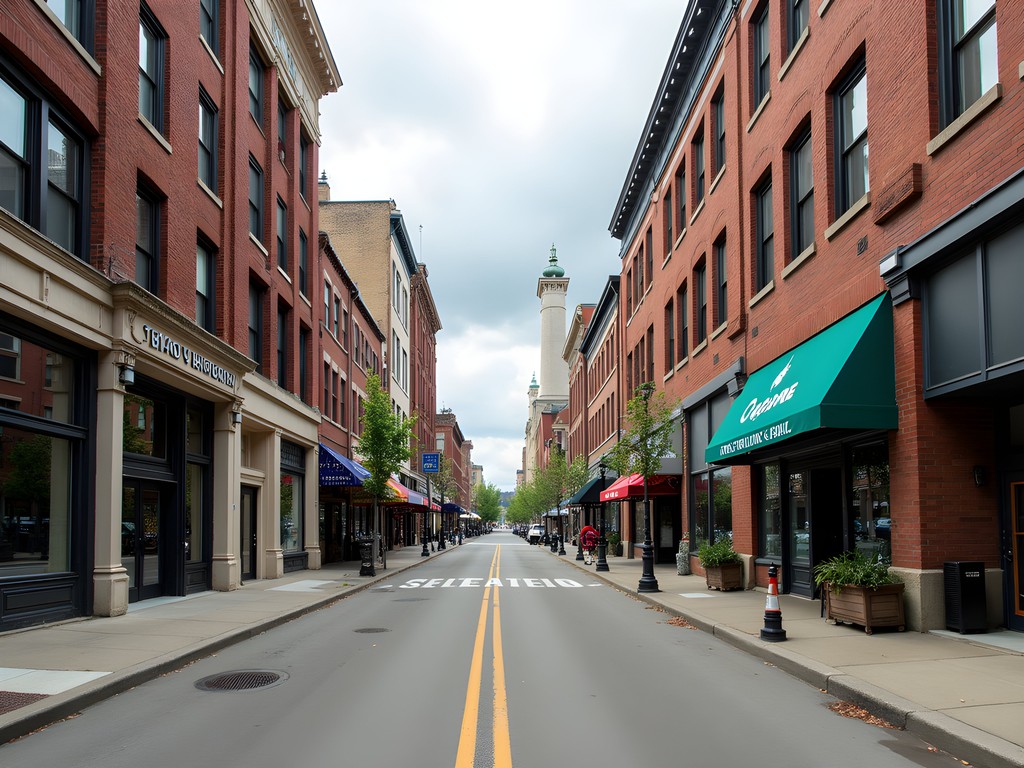
💡 Pro Tips
- Stop by the Cicero Public Library for their small but informative display on Prohibition-era history
- Ask permission before photographing current businesses that occupy historical sites
- Bring cash for small local eateries that occupy former speakeasy locations
The Hawthorne Works: Industrial Backdrop to Crime
Our tour took an interesting turn when we visited the site of the former Western Electric Hawthorne Works, once employing over 40,000 workers manufacturing telephone equipment. While not directly tied to Capone, this massive industrial complex provided the economic backbone of Cicero and created the environment where organized crime could thrive – thousands of workers looking for entertainment after long shifts.
Today, a shopping center occupies the site, but the Hawthorne Works Museum inside Morton College preserves this important piece of local history. The museum gives crucial context to understand why Cicero became such fertile ground for Capone's operations.
For capturing the details of historical photographs and exhibits, I relied on my pocket magnifier which has been invaluable on this history-focused trip. The museum's dim lighting to protect artifacts makes this little tool essential for reading the fine print on historical documents.
What surprised me most was learning how intertwined legitimate business, labor unions, and organized crime became during this era. As someone who's always operated my chiropractic practice on the straight and narrow, it was fascinating to see how blurred these lines once were in American society.
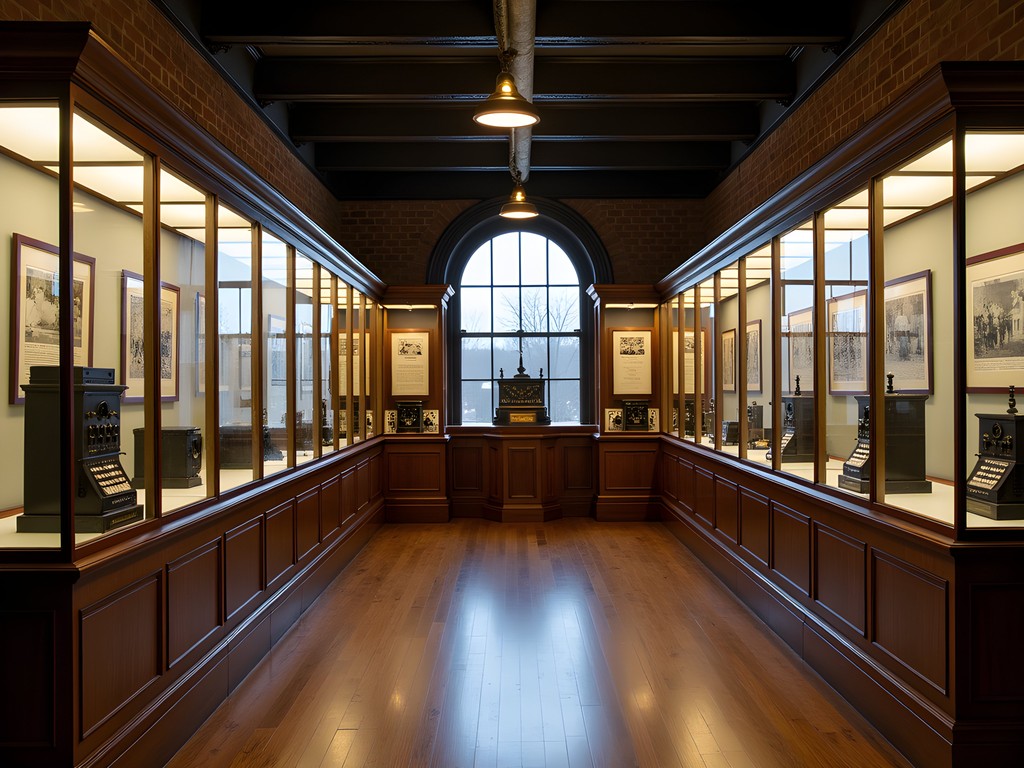
💡 Pro Tips
- Check Morton College hours before visiting as the museum has limited opening times
- Allow at least 45 minutes for the Hawthorne Works Museum
- Look for the scale model of the original industrial complex to understand its massive size
The Capone House: Domestic Side of a Gangster
The final stop on our tour was a bit different – the actual house where Al Capone's mother lived at 1413 S. Austin Boulevard (on the border of Cicero and Chicago). Capone purchased this modest brick home for his family, and while he didn't live there full-time, he was a frequent visitor.
Standing outside this ordinary-looking house gives you a strange feeling – it humanizes someone history has turned into a larger-than-life villain. The current owners are private citizens, so respect their property and view only from the sidewalk. I found myself thinking about Capone's dual existence – brutal gangster and family man – and how compartmentalized his life must have been.
For this history-heavy walking tour, I found my pocket notebook essential for jotting down interesting details and observations throughout the day. There's so much information to absorb that having a place to quickly note things made the experience much richer.
What I appreciated most about ending the tour here was the reminder that even notorious figures have ordinary aspects to their lives. As a Japanese-American whose grandparents faced internment during WWII, I've always been interested in how history often paints people and events in black and white, when reality contains countless shades of gray.

💡 Pro Tips
- Respect that this is a private residence and view only from the public sidewalk
- Visit early in the day for the best lighting for photos
- Look for architectural details that remain from the 1920s era
Final Thoughts
After four hours exploring Capone's Cicero, I found myself at Tacochela, a local Mexican spot, reflecting on the day over some seriously good tacos and a craft beer. The walking tour gave me a whole new appreciation for how history shapes places – and how quickly we can forget what happened right beneath our feet. What struck me most wasn't the glamorized gangster stuff we see in movies, but how ordinary citizens lived alongside extraordinary crime and violence, somehow normalizing it all.
As someone who usually chases waves rather than historical figures, I found this detour into Prohibition-era history surprisingly engaging. There's something about standing in the actual locations where history unfolded that no book or documentary can match. If you're passing through Chicago with a free day, make the short trip to Cicero. Just bring comfortable shoes, an open mind, and maybe that pocket notebook – you'll want to remember the details of this walking tour through America's notorious gangland past. As we say in surfing, the best experiences often come when you paddle outside your comfort zone. Kampai to that!
✨ Key Takeaways
- Cicero transformed from Chicago suburb to gangster headquarters almost overnight in 1924
- Most original buildings are gone, but historical markers and museums preserve the stories
- The industrial context of Hawthorne Works helps explain why organized crime flourished here
- Local residents often have family stories that add color beyond the official historical markers
- The tour works best when combining official sites with local knowledge
📋 Practical Information
Best Time to Visit
Spring or fall for comfortable walking temperatures
Budget Estimate
$10-30 (museum admission and meals)
Recommended Duration
4-5 hours including lunch stop
Difficulty Level
Easy

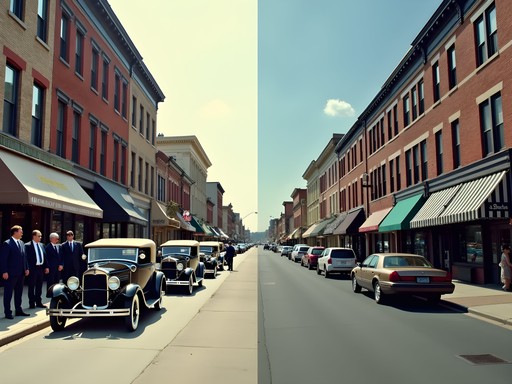
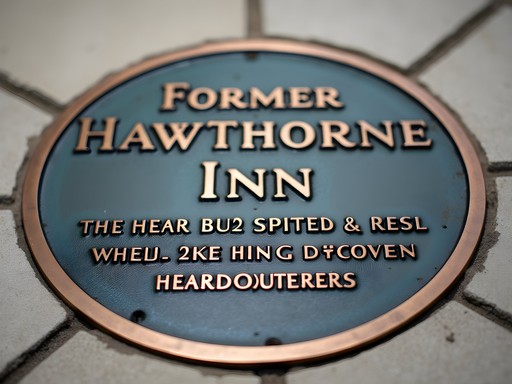
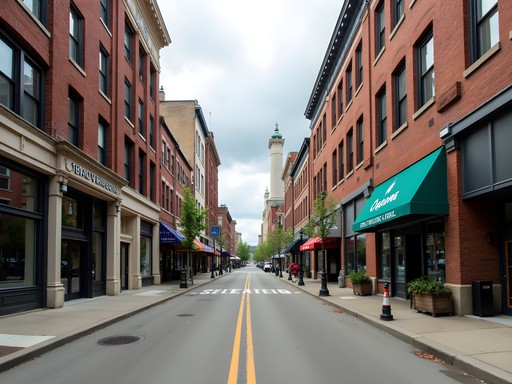
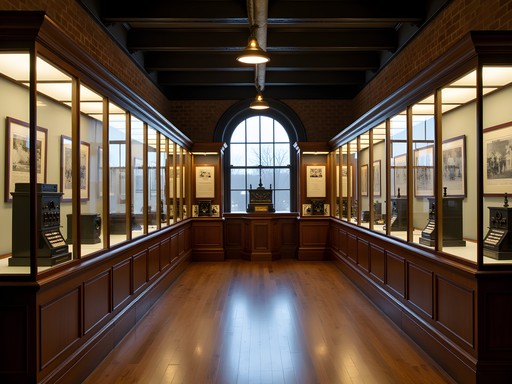
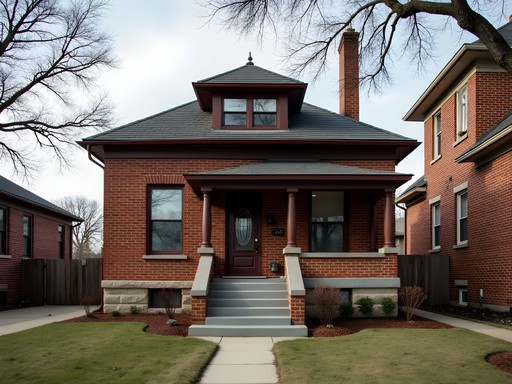


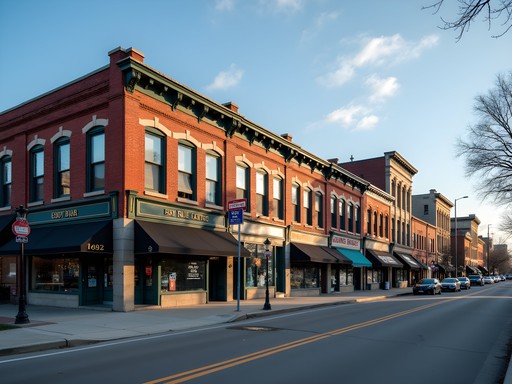
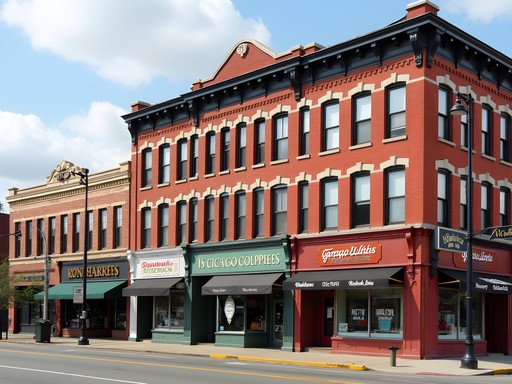
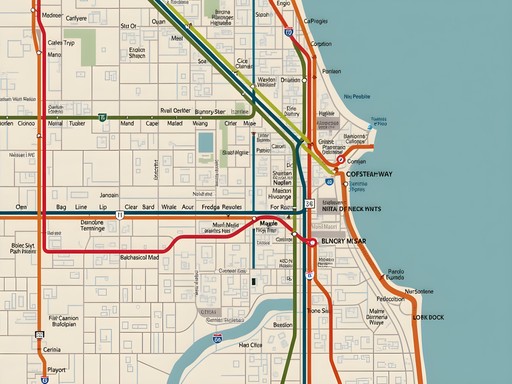
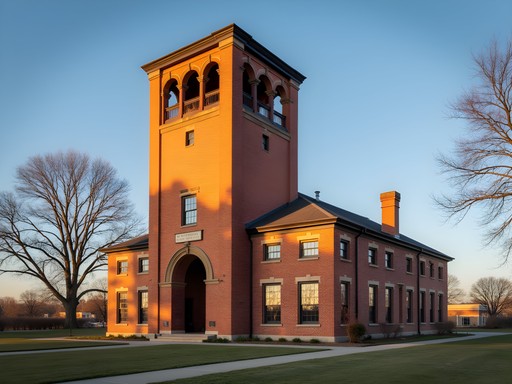
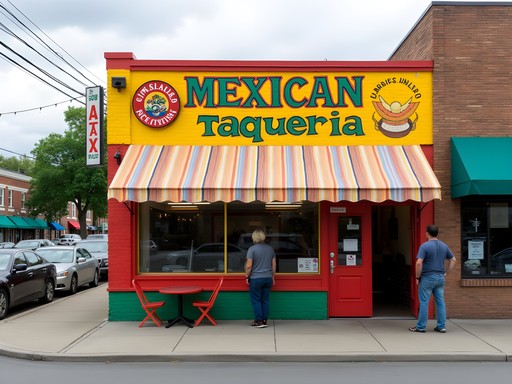
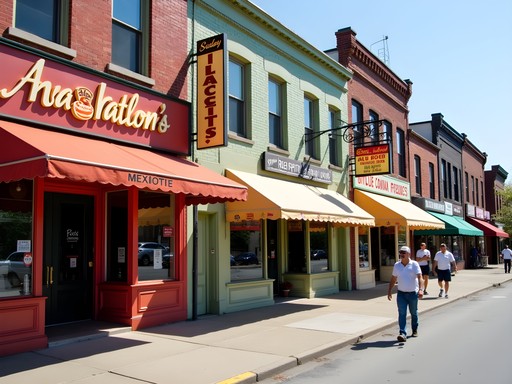


Comments
moonguy
Is this doable by public transit from downtown Chicago? Not renting a car on my trip.
springmaster
You can take the Pink Line to 54th/Cermak and then it's about a 10-15 minute walk to most of these sites. I did it last weekend after seeing this post!
moonguy
Perfect, thanks! How long did the whole tour take you?
springmaster
About 3 hours including Tacochela for lunch (which I definitely recommend). The sites are pretty spread out but walkable.
Fatima Sims
Justin, this post brought back so many memories! I did a similar tour last fall during my Chicago trip. For anyone planning to visit, I highly recommend combining this with the Chicago Crime Tours downtown for the full Capone experience. I actually found an amazing history guide that had maps of old speakeasy locations throughout the area. The Hawthorne Inn site gave me chills knowing all the decisions that were made there. One tip: the Western Hotel area can be a bit tricky to find - the historical marker is small and easy to miss. Look for the red brick building on the corner!
moonguy
Thanks for the Western Hotel tip! I'm planning to check this out next month when I'm in Chicago for work.
roammate3039
Those tacos at Tacochela are no joke! Best part of Cicero!
springmaster
Never thought about visiting Cicero but this is actually super interesting! I'm a huge history buff and have done the Chicago gangster tours downtown, but never ventured out to see where Capone really ran things. How safe is the area these days for tourists wandering around with cameras? And was parking easy to find near the Hawthorne Inn site?
Fatima Sims
I did this tour last month and felt completely safe during daylight hours. Just use normal city awareness. Parking was pretty easy - I found street parking near most sites without issues. The Hawthorne Inn area has a small lot nearby.
springmaster
Thanks Fatima! That's really helpful. Might check it out next weekend.
freequeen
Any good books about Capone you'd recommend before visiting? Want to brush up on my gangster history!
Justin Takahashi
I really enjoyed 'Capone: The Man and the Era' by Laurence Bergreen. It gives great context for everything you'll see in Cicero!
summerdiver
Just did this walk last weekend! The contrast between the historical photos you included and today's buildings is wild. History hiding in plain sight!
oceanguy
Justin - I'm a Chicago native and I've never even done this! Really cool to see someone come from out of town and dig into this history. Most tourists just do the Bean and Navy Pier. The Prohibition era shaped so much of our city's character. Did you make it to the Chicago History Museum? They have an amazing Capone exhibit right now with some artifacts from Cicero too.
skyadventurer
How safe is it to walk around Cicero these days? Thinking of taking my dad who's a huge Untouchables fan but he's in his 70s.
Justin Takahashi
Great question! The areas on this tour are generally fine during daylight hours. I'd recommend going on a weekend morning when more people are around. Your dad would probably love it - there are plenty of benches along the way if he needs breaks.
Megan Martin
I felt completely safe during my visit. If you're concerned, I used Chicago Gangsters Tour which includes Cicero with transportation. Perfect for history buffs like your dad!
Megan Martin
Justin, this is such a refreshing take on Chicago-area travel! I was in Chicago for a conference last month and added an extra day to check out Cicero after reading your post. The Hawthorne Inn site was fascinating, though it's changed so much since Capone's day. I combined your walking tour with the Chicago Crime Tours in the city for a full prohibition-era weekend. For anyone doing this, I'd recommend starting in Cicero then heading downtown. Also, Tacochela was the perfect recommendation - those tacos were indeed serious business!
Justin Takahashi
So glad you enjoyed it, Megan! Great tip about combining with the Chicago Crime Tours - I'll have to try that next time.
summerdiver
Adding this to my Chicago itinerary now! Tacochela is definitely going on my list too.
oceanchamp
Never thought of Cicero as a travel destination! Pretty cool to see the gangster history side of things instead of just the usual Chicago spots.
Justin Takahashi
Thanks! That's exactly what I thought too - it's these unexpected detours that make trips memorable.
Venture X
Premium card with 2X miles, $300 travel credit, Priority Pass